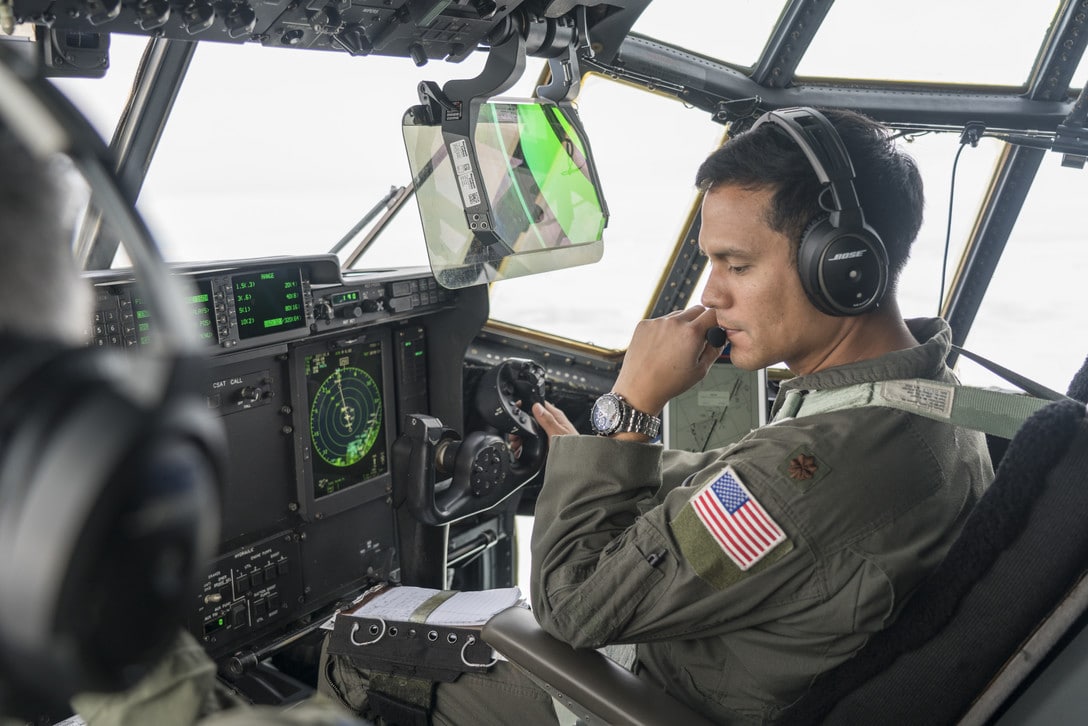BILOXI, Miss. — The Air Force Reserves Hurricane Hunters are performing multiple flights this week into Tropical Storm Cristobal, gathering weather data to forecast the storm’s path and intensity.
As the third named tropical storm spins over southern Mexico, Keesler AFB’s 53rd Weather Reconnaissance Squadron is working around the clock today. The squadron has ten WC-130J Super Hercules aircraft they rotate to perform several fixed mission flights into the center of Cristobal each day.
The storm is forecast to push northward on Friday, and begin its landfall over Louisiana late-Sunday evening. Gradual strengthening is expected as the system moves across the warm gulf waters.
The Hurricane Hunter’s Mission
Each fixed mission flown by the 53rd WRS collects weather data such as temperature, wind speed and direction, and surface pressure. Each C-130J crew also fly an alpha pattern to help locate the center of a named storm.

As the system becomes a named storm, the C-130Js will fly at higher altitudes from 5,000 to 10,000 feet based on the storm’s intensity. Each aircrew may fly through the storm’s center up to six times per flight to locate the low-pressure center.
The Hurricane Hunters remind the public that radar and weather balloons are not available in large areas of the Gulf of Mexico and the Atlantic Ocean. The 53rd’s flights gather exact information and then relay it to the National Hurricane Center.

“Satellites are great these days, but they’re still missing a lot of information that cannot be collected via satellite,” Capt. Black added. “It is important we get into the storm environment and sample in three dimensions: what’s going on in the storm by releasing our dropsondes, observing the surface of the water, and getting all the data at flight levels to create that big picture of the storm to be ingested by forecast models and minimize errors.”

While inside the storm, the aircraft will launch several parachute buoys to collect weather data. The aircrews relay weather data from the aircraft’s sensors and the dropsondes by satellite to the hurricane center. This in turn provides the NHC with exact data to assist in creating new forecasts and storm warnings.
The 53rd Weather Reconnaissance Squadron will also perform extended flights over the Pacific to investigate active systems. During recent years, the aircraft flew into hurricanes in the eastern Pacific and near Hawaii.
(Charles A. Atkeison reports on aerospace and technology. Follow his updates via social media @Military_Flight.)
